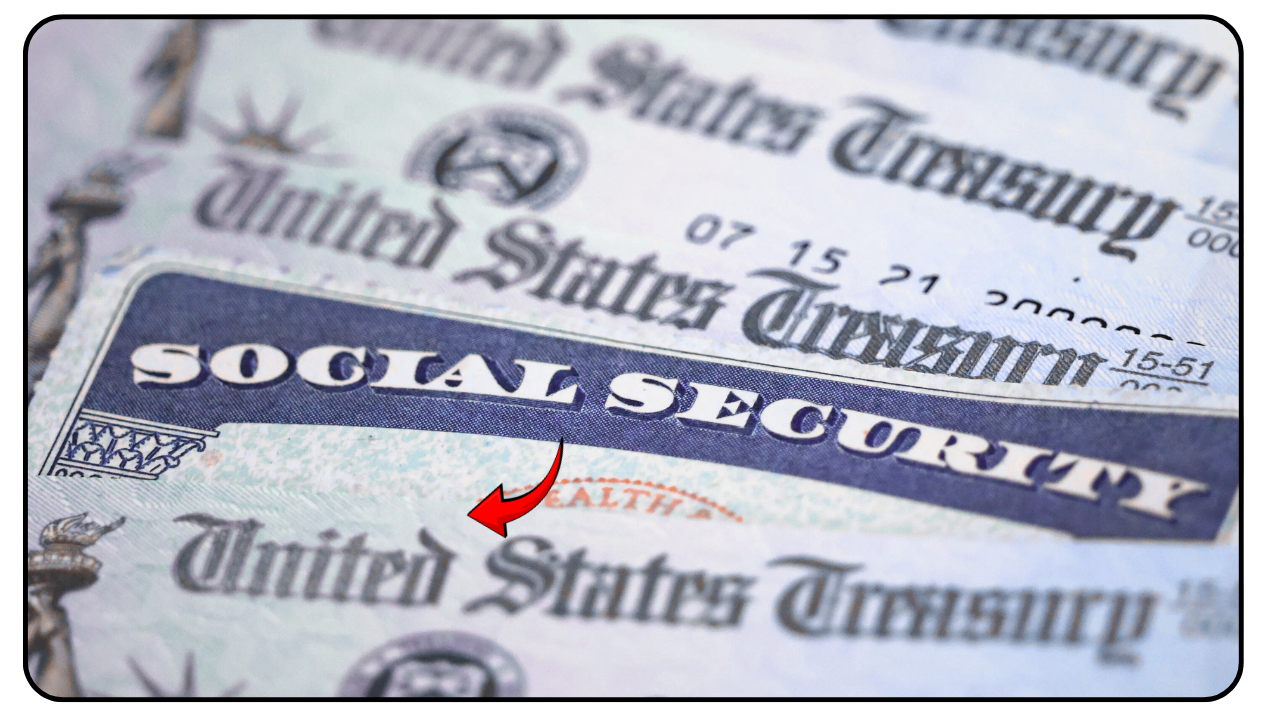$3,089 Social Security Check : In 2025, retired couples across the United States are seeing a nice bump in their Social Security checks, thanks to a 2.5% Cost-of-Living Adjustment (COLA). The Social Security Administration (SSA) says this increase brings the average monthly payment for couples to $3,089. This extra cash helps seniors keep up with rising costs for things like groceries, housing, and medical bills. But not every couple will get exactly $3,089—your payment depends on your work history, when you retire, and other factors. So, who qualifies for this amount, and how can couples make sure they’re getting the most out of their benefits?
Who Can Get the $3,089 Payment?
To qualify for the average $3,089 monthly Social Security check, both spouses usually need to be retired and receiving benefits based on their own work records. The SSA requires each person to have earned at least 40 work credits, which you get by working about 10 years in jobs where you paid Social Security taxes. In 2025, you earn one credit for every $1,810 in wages, up to four credits per year. The $3,089 figure is an average for couples who start collecting benefits at their full retirement age (FRA), which is 66 or 67, depending on when you were born. If you retire earlier, your payment might be lower, but waiting until age 70 could push it higher.
| Retirement Age | Maximum Monthly Benefit (Per Person) |
|---|---|
| Age 62 | $2,831 |
| Full Retirement Age (66–67) | $4,018 |
| Age 70 | $5,108 |
Source: Social Security Administration, 2025
How Payments Are Calculated
Your Social Security payment is based on your 35 highest-earning years. If you worked fewer than 35 years, the SSA adds zeros to the calculation, which can lower your benefit. For couples, the $3,089 average assumes both spouses have solid work histories and claim benefits at their FRA. If one spouse didn’t work much or at all, they might qualify for spousal benefits instead, which can be up to 50% of the higher-earning spouse’s benefit. For example, if one spouse gets $2,000 a month, the other could get up to $1,000 in spousal benefits, depending on when they claim.
Spousal Benefits and Timing Strategies
Spousal benefits are a big help for couples where one partner has a limited work history. Even if you don’t have enough credits to get your own Social Security, you can still collect up to half of your spouse’s benefit if they’re already receiving payments. Timing matters a lot, though. If you claim benefits before your FRA, your payment gets reduced. Waiting until age 70 can increase it by up to 8% per year. Some couples use a strategy where one spouse claims early for immediate income, while the other delays to boost their future payments. Checking your options with a My Social Security account online can help you plan.
When and How You Get Paid
Social Security payments come monthly, and the date depends on the primary earner’s birthday. Here’s the 2025 schedule:
- Born between the 1st and 10th: Second Wednesday (e.g., July 9)
- Born between the 11th and 20th: Third Wednesday (e.g., July 16)
- Born between the 21st and 31st: Fourth Wednesday (e.g., July 23)
- Benefits before May 1997 or both Social Security and SSI: Around the 3rd of the month
Payments usually arrive via direct deposit or a Direct Express card. The SSA is phasing out paper checks after September 2025, so setting up direct deposit now is a smart move to avoid delays.
Tips to Maximize Your Benefits
To get the most out of Social Security, couples should plan carefully. First, make sure both spouses have at least 40 work credits. Second, consider delaying benefits until age 70 if you can afford to, as this increases your monthly payout. Third, explore spousal benefits if one partner has a weaker work history. Finally, use the SSA’s online tools to check your earnings record and estimate future payments. With inflation making life more expensive, the $3,089 average payment is a lifeline for many, but smart planning can help you stretch it further. For more details, visit www.ssa.gov or call 1-800-772-1213.
